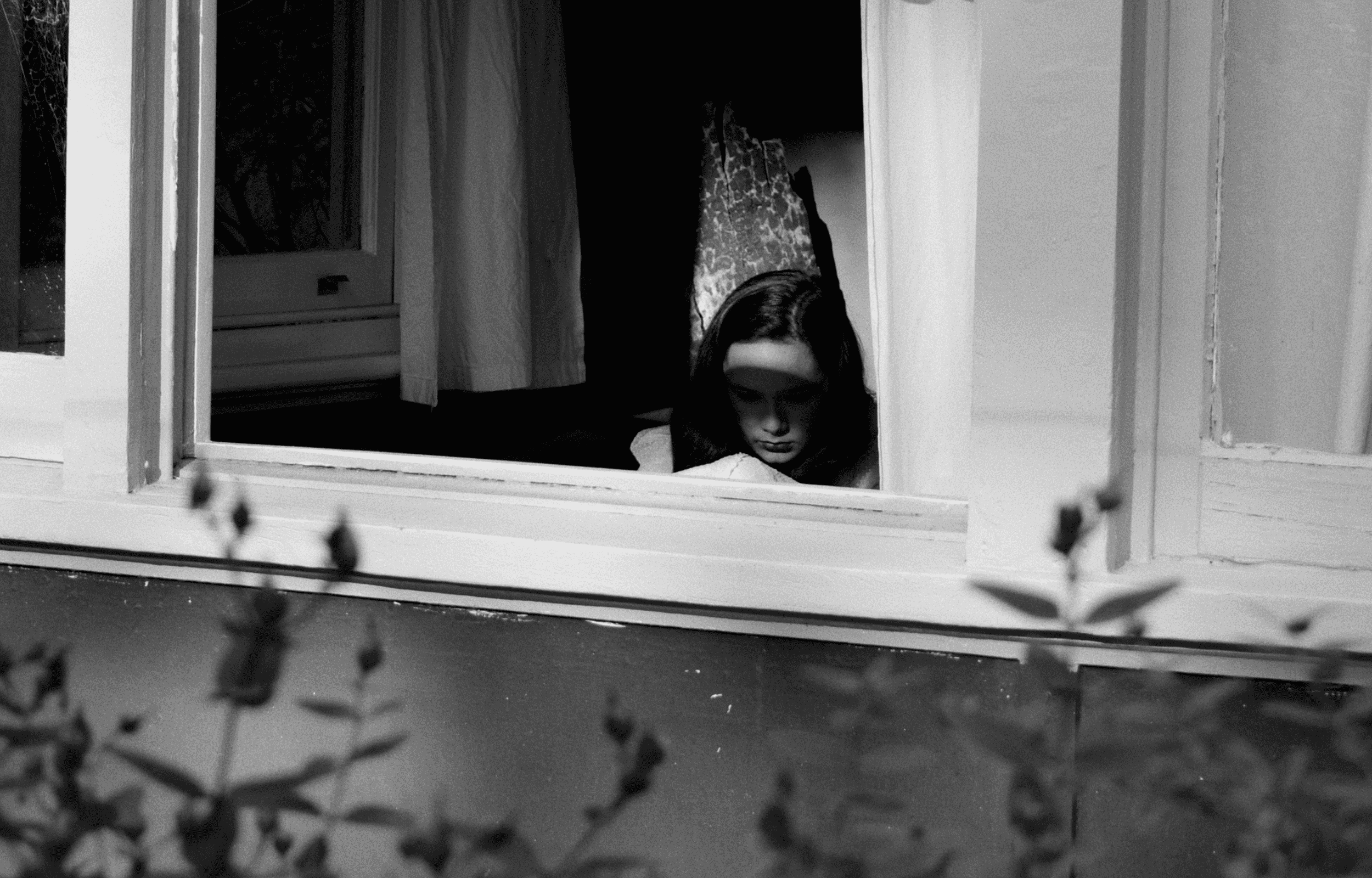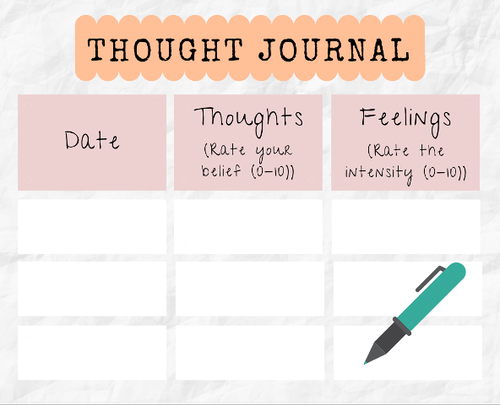Both miscarriage and stillbirth refer to the loss of a baby during pregnancy. Whereas miscarriage occurs before 20-24 weeks of gestation, stillbirth is when a baby is born dead after 20-24 weeks of pregnancy.
Statistics in Singapore
In Singapore, about 20% of pregnancies end up in a miscarriage while stillbirth happens in 0.5%-1% of pregnancies. In most cases, the cause cannot be established. Some known causes include infection, umbilical cord accidents, and placental complications.
A word from our clinical psychologist:
Perinatal loss is a term broadly used to describe losses before, during and after pregnancy. There are different types of losses during pregnancy, including miscarriage, stillbirth, ectopic pregnancies and medical termination for various reasons. No matter when or how the pregnancy loss happened, losing a baby has been described by some of the clients I have worked with, to be the worst kind of pain. Their loss experience defied their assumptions and expectations of a "normal" course of pregnancy through the trimesters until the smooth delivery of their healthy baby, just like everyone else! A "typical" path towards parenthood, towards forming a family (with children) is all that they had hoped for. Given this, a range of emotions - anger, sadness, grief, shock, guilt amongst others may result, as a part of the grieving parents' mourning process.
For there is so much to mourn - the loss of their "healthy" baby, the loss of sense of "normalcy" in their lives, the loss of that anticipated future with baby as a part of the new family, and the loss of the new identity, hopes, dreams as soon-to-be parents. Instead of celebration of their baby's arrival, some grieving parents may find themselves confronted with the starkest reminder of their loss, in the form of a symbolic farewell ritual, or funeral ceremony and burial event for their baby. For some families who choose these practices, they shared that it can be very helpful for their grieving process and closure. But, there is no one way to grieve, so honour your own needs, beliefs, emotional and physical capacity to decide what is best for your unique situation.
What can complicate perinatal grief is also in part due to the "invisible" nature of pregnancy loss, especially in the early stages. This can make it very hard to talk about it with others and for loved ones to fully acknowledge the deep, emotional and psychological impact of such losses. Hence, it is necessary to remind all that perinatal losses are as worthy of care and compassion as other types of relationship losses. This is because attachment relationship bonds has already formed between conceiving parents and baby, as soon as they learn about being pregnant.
Given the tough, unbearable pain of perinatal losses, much compassion is needed all around. Grieving mothers/fathers need to learn to be more self-compassionate and manage their own harsh self-talk, especially those about failure and being unworthy as parents. Given that the nature of perinatal losses are often unexpected, resulting in a big sense of loss of control, it can be beneficial to find little ways of taking charge, for instance, of daily routines, or setting of boundaries about what you are comfortable discussing. This can assist with restoring some sense of normalcy and control as you navigate grief.
A journey shrouded by shame and silence
Given that pregnancy losses are common, some women may feel that they do not deserve to grieve. On the other hand, despite the substantial occurrence rate, resources to support these women are scarce.
There has also been stigma and blame attached to pregnancy loss, where mothers are implied to have failed to take good care of their babies. Even well-intentioned advice could come across as insensitive and dismissive. This unspoken roller-coaster journey can feel unforeseeably lonely and difficult.
An unimaginable pain
The loss of a child, no matter how brief they have been in your life, is profound. It goes against the natural order of life and no parent can ever be prepared for it. The loss of a child is also the loss of an imagined future with them – the hopes and dreams that cannot be fulfilled.
With the devastation, there may also be guilt that you could have been more attentive to your diet and body, and anger that it had to happen to you. Mothers may also feel alone thinking that their partner does not understand their pain since their partners are not the one who carried the child.
How can I cope with a miscarriage or stillbirth?
Everyone grieves differently – in different ways and on different timelines.
Here are some ways we hope can help with your grief.
Ψ Make room for your feelings
Allow yourself to feel all that you feel – guilt, anger, confusion, panic. Observe where you are feeling these emotions in your body – aches in the stomach, tightness in chest? Let yourself be where you are at the moment. There is no prescribed timeline which states the stage of grief you should be at at any point of time.
Ψ Be compassionate to yourself
Understand that it is not your fault nor a personal failure.
As mentioned earlier, there is no timeline for grief; you will move along with your grief rather than moving on from it. Do not expect yourself to forget. Instead, expect yourself to feel triggered on the anniversaries or when you see other families with children. When that happens, allow yourself to take short breaks to grieve – it can be in a toilet cubicle or in a corner of a park. This place should be somewhere you feel safe and comfortable to express your emotions.
Ψ Pay attention to unhelpful thoughts
Certain narratives may start playing in your head: “My life is worth nothing if I do not have children”, “I am not complete without children”, “It is all my fault”, “I’m a useless mother”. When played enough times in your mind, these thoughts may seem convincing. But they are not true.
You could challenge these thoughts by asking these questions.
What's the evidence for and against these thoughts?
What would I tell a loved one who is going through the same situation?
Ψ Grieve with your partner
An event like the loss of a child could bring a couple closer to each other or lead them to drift apart.
You and your partner may respond to the death of the baby differently – one may turn to crying, one may turn to work to avoid thinking about the pain. Some couples may not want to burden their partner with their anguish so they choose to keep their feelings to themselves. When you are unsure of how your partner feels about the loss, there is a chance that you feel that they are less affected by the loss. And this, will lead to emotional distance and tension in the relationship.
Recognise that this is uncharted territory for both of you. Seek your partner to grieve as a team. Communicate with each other your sorrow, and try to understand how both of you will grieve in different ways, but together.
Ψ Consider a grief ritual
For some, a grief ritual gives some form of closure to the episode. The symbolic ritual could be in the form of a scrapbook, memory box, journal entry or even a remembrance trip.
Ψ Look after yourself
The miscarriage or stillbirth takes a toll on your physical body. The grief and emotional pain may take hold of your life, leaving you with no mental capacity to plan for your day. A routine may be helpful to ensure that your physical well-being is taken care of. You need your sleep, food and physical activity.
Ψ Seek support
Reach out to your family and friends. Be with your loved ones even if you do not feel like talking about the loss; their company in itself may be comforting.
To ease your return to work, we encourage you to speak with your bosses to let them know how you want your return to be managed (e.g., shorter hours, work-from-home arrangement, inform your colleagues to not broach the topic).
The pain of grief could be overwhelming. But you are never alone. Consider seeking professional psychological help in the forms of support group and therapy. Some support groups include:
Child Bereavement Support (Singapore)
Angel Hearts
Miscarriage, Stillbirth, & Child Loss Support Group
Pregnancy and Infant Loss Support Group Singapore
Pregnancy After Loss Support (PALS)
How family members can support their loved ones
This key idea should underlie all of your efforts to support them: Acknowledge and validate their pain.
Understand that the loss hurts them deeply, and it will take time for the pain to feel more bearable. Some may feel comforted by phrases like “I’m so sorry it happened”, “I cannot imagine your pain but I’m here for you”.
The aim is never to cheer them up – you would be disappointed if you want to do that because you cannot take their pain away; rather, it is to join them in their pain as they struggle with their intense and painful emotions.
On anniversaries or in situations where the parents may be reminded of their loss, you could check in on them gently by asking how they are feeling or if they want to spend time together.
If you notice that their grief has affecting their daily life for a concerning amount of time, let them know why you are concerned (i.e. what did you notice and explain why it is concerning), and encourage them to ask for professional help. You could also go the extra mile and accompany them to visit a psychologist.



















